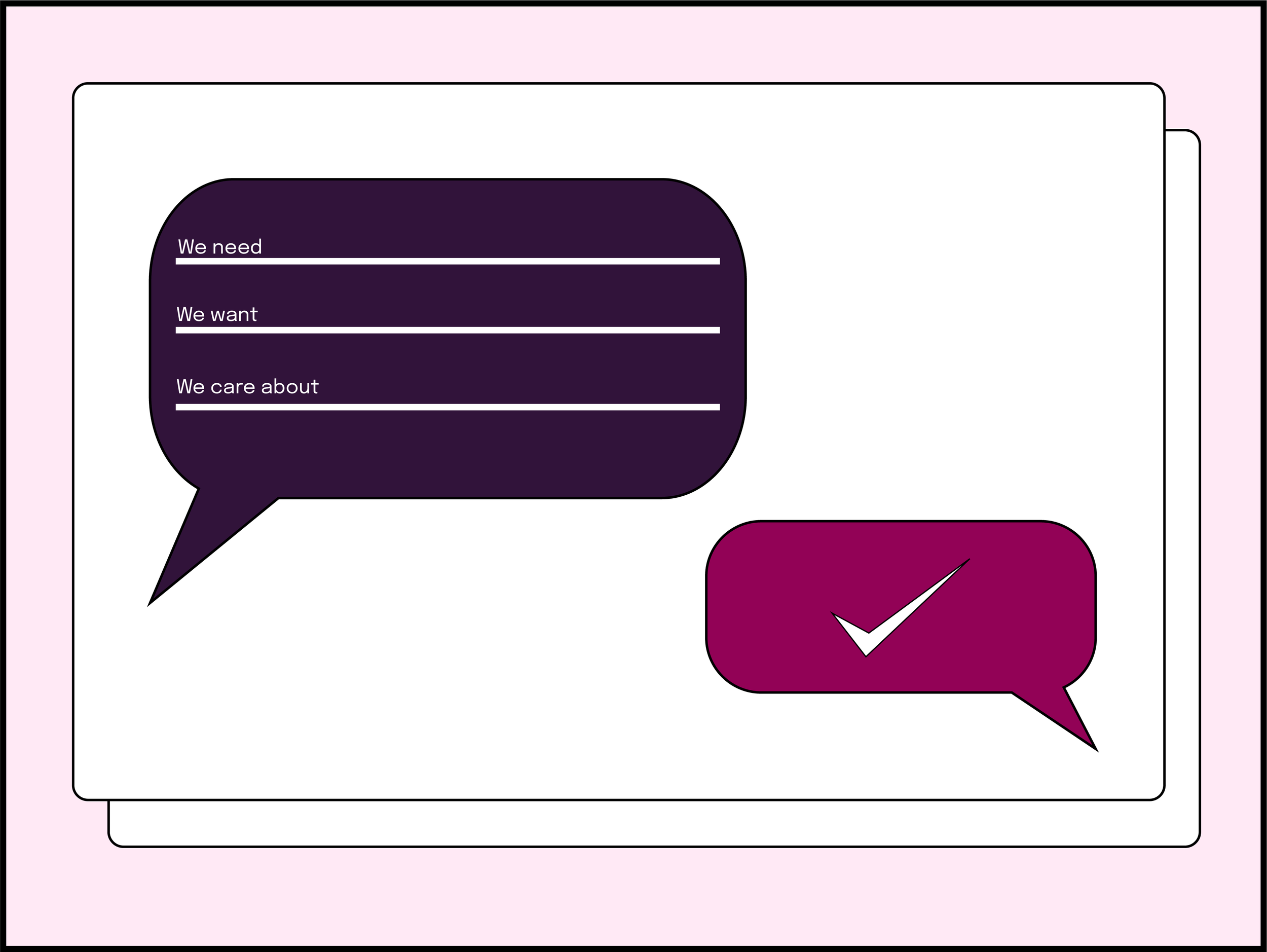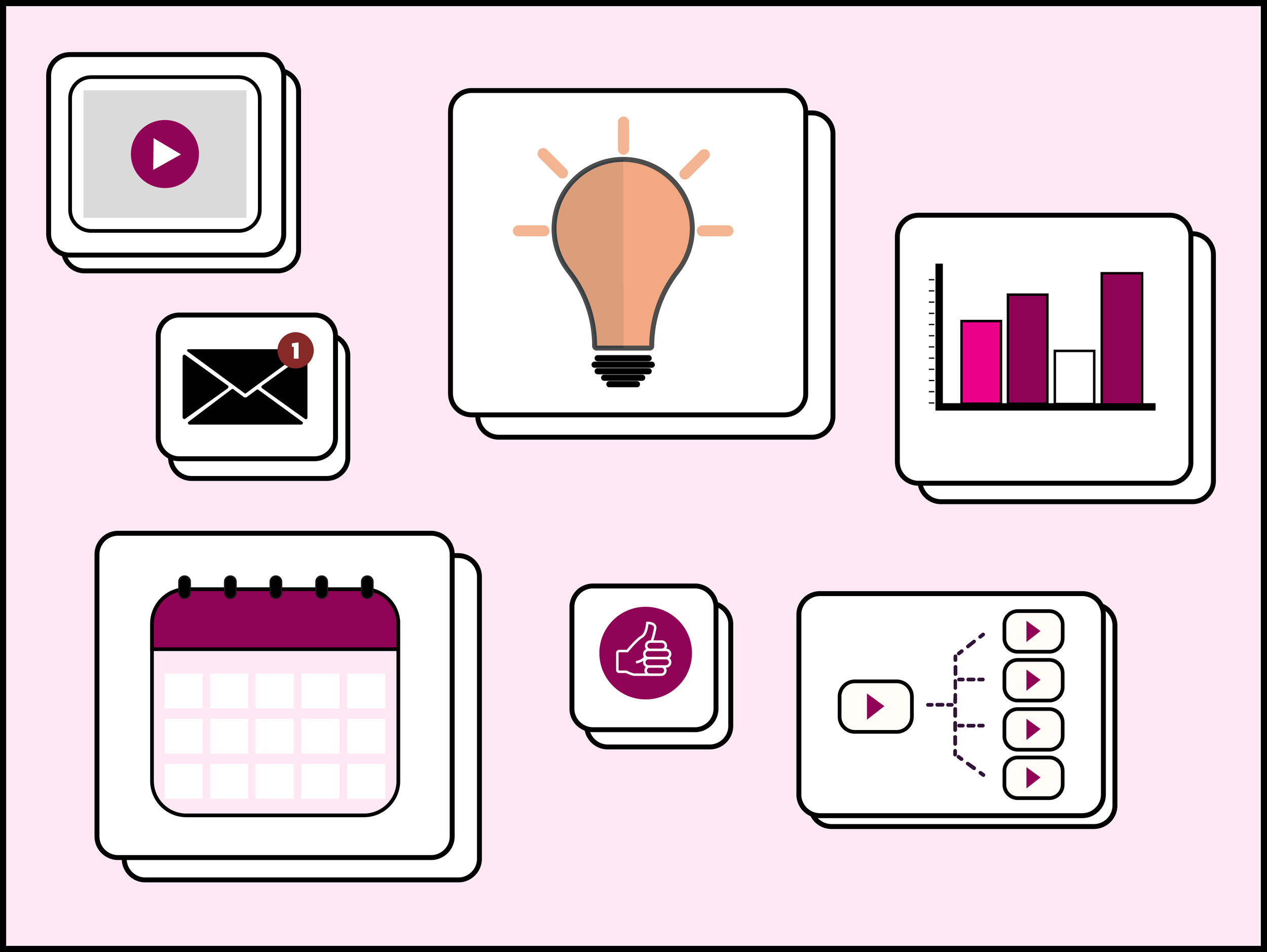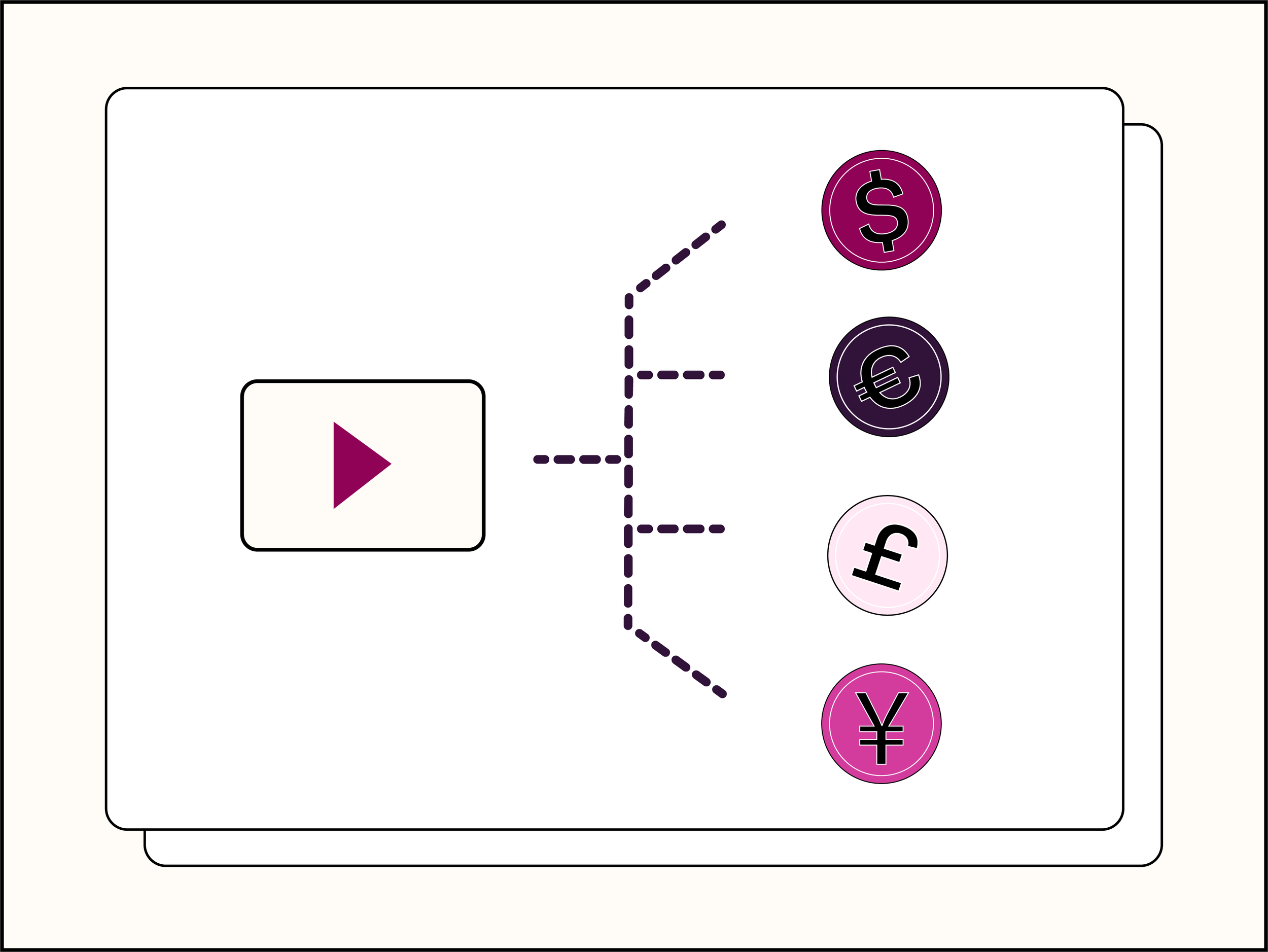The Attention-to-Revenue System
How modern brands convert views into capital
Rich Walker - Founder of Attention Alpha
18th October 2025
You’ve no doubt heard the phrase “attention is the new oil” — but not all brands know how to build the right rig.
The leading influencer led brands of the modern era — from MrBeast to the Sidemen — they have mastered something that goes beyond content.
They operate what can we call an Attention to Revenue System: a repeatable process that transforms cultural attention into predictable business value and long term equity.
It’s not luck. It’s a loop. Time to dig deeper.
Starting with understanding - both customers and context
Before we start talk about content, we need to talk about customers - we need to talk about the people. Every successful system begins with insight. Modern brands don’t chase trends blindly; they start by deeply understanding who they serve and why they care.
Modern brands are built on deep understanding:
Who are we serving?
What problems shape their world?
What values or aspirations define their identity?
For us attention architects this means:
Audience identification – knowing exactly which segment you’re targeting.
Problem mapping – identifying what frustrates or inspires them.
Cultural context – understanding how their worldview shapes what they consume, believe, and buy.
Here we’re not just studying demographics — we’re studying desires; it’s psychographics. The most resonant brands reflect their audiences’ lifestyles, beliefs, and self-image. They belong to their audience before asking for their business.
Once we understand what our audience wants (and how culture shapes those wants), we can meet them where their attention already lives, rather than trying to project our own ideas onto them.
Decoding Attention Patterns and Preferences
We also need to talk about context. How do your audience’s problems show up in what they watch, scroll, or share? What niches do they follow? For example, a young entrepreneur stressed about productivity might binge YouTube videos about morning routines. A wellness enthusiast might look out for the latest nutrition tips on TikTok. These habits reveal not just what they like, but why they pay attention in the first place.
By mapping these attention behaviours, brands gain a blueprint for what kind of content will resonate — emotional tone, aesthetic, pacing, even platform choice. This ensures you’re creating content optimised for their attention.
More importantly, it reveals where your brand can live authentically. When you understand why your audience pays attention — not just what they watch — you can build content and experiences that earn trust and resonance, not just views.
Building the “Attention System”
Once you understand the audience and their attention habits, you architect the machine: the attention system.
This isn’t random posting; it’s structured storytelling. Every post, image, podcast or video is precision engineered and plays a key role in capturing, converting, or compounding attention.
Modern brand teams plan this meticulously — each channel plays its part in building cultural resonance and driving measurable outcomes.
At Attention Alpha we believe that a unified approach, marrying both creative and strategy is the key to getting the most out of any content machine. It’s what we call “attention design”; strategically planning how viewers are funnelled to a given piece of content, creatively designing how people interact with it once we have their attention, and importantly what action we want them to take after consuming the content; where we want to focus their attention next.
To us “attention design” is a broad discipline which marries the traditional strategic elements such as:
Publishing calendars and content matricies – mapping when, where, and how your stories appear.
Feedback loops & analytics dashboards – measuring what resonates and evolving in real
Engagement plans - building the community to they keep coming back for more.
but also creative development:
Ideation - creating our messaging and tone of voice, through scriptwriting and the like
Production - directing the vision and building the assets that power the system
This all leads to strategic storytelling – crafting narratives that tie your brand to the broader cultural landscape.
In sum, the best modern brands treat attention as infrastructure — not advertising, and like any good piece of infrastructure, it’s there to stand the test of time, rather than a short term fix.
When done right, your audience doesn’t just recognise you — they remember you. It’s where we deepen the relationship and where attention becomes affinity.
From attention to customer value
This is the part where we make that all important leap. This isn’t about creating a TikTok account with millions of followers. It’s where attention becomes capital.
We’ve developed a deep understanding of who our community is and more importantly we’ve earned permission from the audience to develop the products and services that serve their needs. And this is here the magic happens
It allows us to authentically integrate products into our attention system. Think of MrBeast’s Feastables appearing in his YouTube videos, or bottles of Prime Hydration been seen around KSI and Logan Paul in a boxing ring. It feels organic, not opportunistic.
We use our attention system to refine the product further. Feedback loops through audience comments, surveys and the like allow creators adjust offerings based on audience response: new flavours of Prime, exclusive Feastables drops. You name it, they build it.
It’s also a system built to make brands less reliant on ads. These brands don’t need buy attention because they have already become part of what people already pay attention to. It’s as deep and meaningful relationship.
Attention as real brand equity
One of the things that I’ve noticed throughout my career is the fascination with getting millions of subscribers and fans. I’ve sat with brand managers who have stated KPIs to grow their YouTube channels or Insta accounts to ‘X’ thousand or by ‘X’ percent with a given period of time.
The concern with this is two fold: firstly, these are a vanity metrics which doesn’t directly link to the bottom line and secondly, it tacitly encourages becoming too reliant on YouTube and the platforms to generate attention - the so called rented land theory: Google owns the YouTube algorithm, Meta that of Insta. What happens if they change things up, or close down your account?
That’s why the strongest brands are funnels people to their owned platforms. Think email lists, branded applications etc. This allows brands to control the flow of attention and build stronger, direct relationships with their audiences, avoiding the platforms altogether.
Going back to vanity metrics, how many brands in this globalised world have a million active people on their mailing list? How many have millions of people constantly using their app? Not that many - only the biggest. Does it matter? Does it mean SME’s and medium sized companies can’t compete? Absolutely not.
A million passive followers can never compete with 10,000 true fans who trust you, engage with you and most importantly take action. The brands that win aren’t the loudest — they’re the most aligned with the consumers and audiences. That’s what true attention is, and that’s what our attention system is designed to build.
From Content to Capital
So that’s what we’re seeing. This shift from the classic brand “be like us” model, to a new “build with us” model, and this what that the Attention to Revenue System seeks to generate.
Attention is the seed which builds a community into a brand that endures




